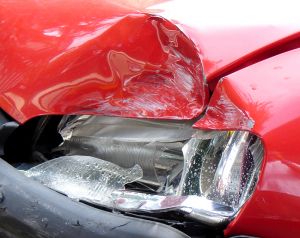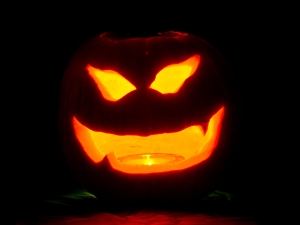A Massachusetts wrongful death lawsuit has been filed by the family of a Boston firefighter, against six companies contracted to inspect the braking systems on fire trucks, the Boston Globe reported.
While a Massachusetts workers’ compensation claim is most commonly filed to collect damages on behalf of an employee and his family following a work accident, a personal injury lawsuit or wrongful death claim may be filed by a Boston injury attorney when it is alleged that the negligence of a third party contributed to the serious or fatal injury of an employee in an on-the-job accident.

In this case, the firefighter died in January 2009 after Boston Fire Department Ladder 26 suffered a brake failure and careened down Parker Hill Avenue in Mission Hill. The truck crashed through the brick wall of a building on Huntington Avenue. The Globe reports that companies named in the lawsuit include Bay State Auto Spring Manufacturing Co. of Roxbury; Boston Freightliner Inc. of Everett; Broadway Brake Corp. of Somerville; Damian Diesel Inc. of Avon; Suspension Specialists Inc. of Allston; and Woodward’s Auto Spring Shop Inc. of Brockton.
The wrongful death lawsuit alleges gross negligence on the part of the companies, faulty brake work, installation of the wrong parts, failure to recognize mistakes during inspection. The negligence resulted in the truck’s failure to stop, causing the fatal crash, according to the suit.
The lawsuit was filed on behalf of the late firefighter’s daughter and widow and seeks unspecified damages.
On the day of the accident, the truck had been returning from a medical call when the brakes failed. The victim, who was riding in the front seat, used the truck’s horn to warn pedestrians and drivers. All four firefighters in the truck and several people in the building were injured. The victim died of massive head trauma.
Continue reading
 Boston Personal Injury Attorney Blog
Boston Personal Injury Attorney Blog







